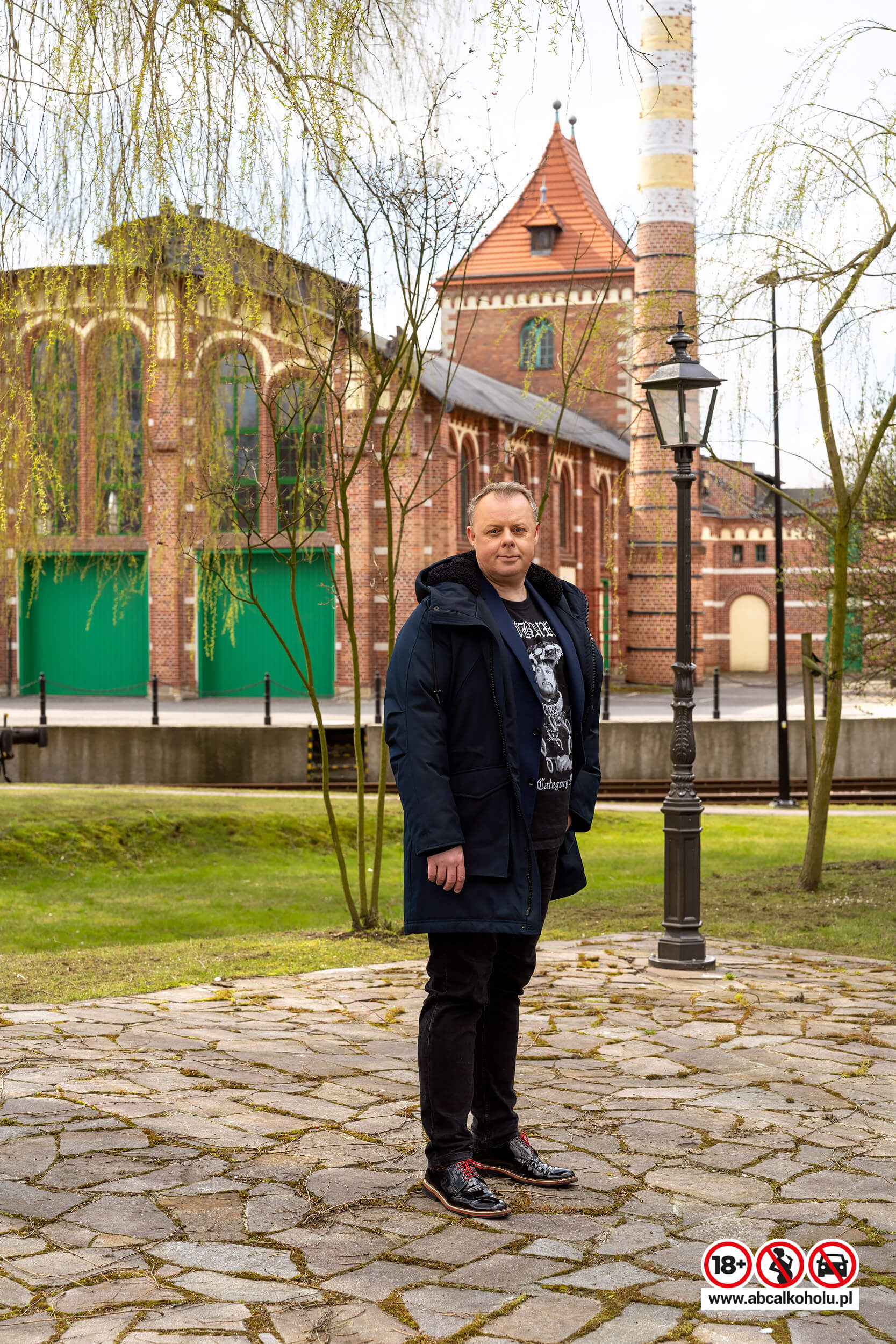Cultivating hops requires great passion and dedication, as it is very
demanding.
Full crops are only harvested after two, three years. The weather needs to be favourable
too. Interestingly, only female plants are cultivated for brewing purposes, because only
they produce flowers referred to as cones. In Poland, farmers grow a dozen or so different
types of bittering hops, including Marynka, Magnum, Zbyszko. The Lublin hops are an
especially aromatic type – the pride of the Polish hop growing business.
Mr. Józef claims that the Lublin hops “don’t escape from beer”.


















